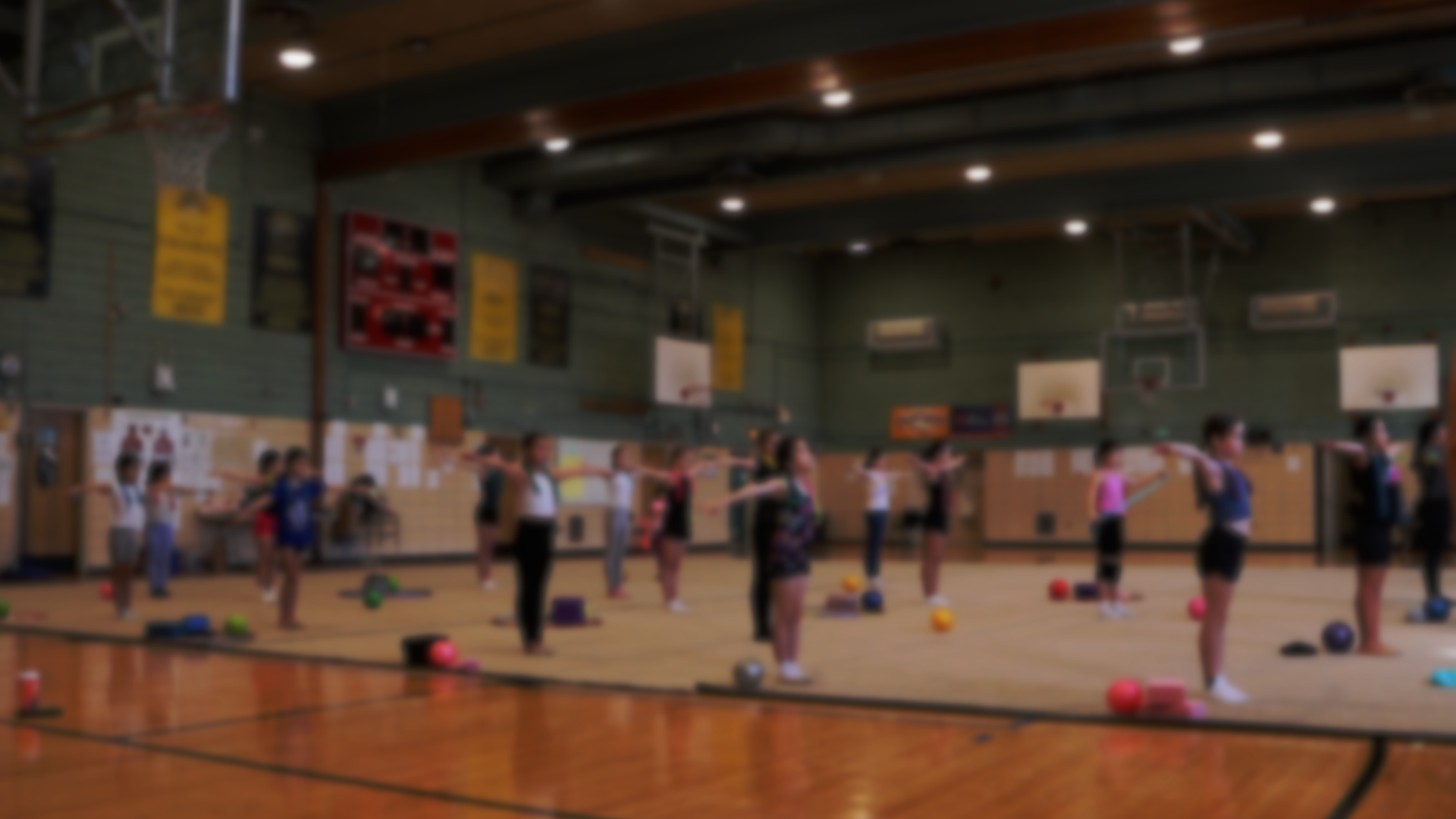
So, why rhythmic gymnastics?
Rhythmic gymnastics offers a wide range of physical, mental, and social benefits.
Physically, it’s a powerhouse for overall fitness. It enhances flexibility through the constant stretching and fluid movements required with apparatus like ribbons, hoops, and balls. You’re looking at improved muscle strength and endurance, especially in the core, legs, and arms, as gymnasts perform dynamic routines that demand control and power. It also boosts cardiovascular health—those high-energy sequences get the heart pumping. Coordination and balance get a serious upgrade too, thanks to the intricate choreography and apparatus handling. Studies suggest it can even improve bone density, particularly in young athletes, which is a big win for long-term health.
Mentally, it’s just as impressive. The sport requires intense focus and concentration to nail timing and precision, sharpening cognitive skills. It builds discipline and resilience—mastering complex routines takes patience and grit. Confidence often skyrockets as performers see their skills grow and shine in front of audiences. Stress relief is another perk; the rhythmic flow can be almost meditative, letting athletes channel emotions into movement.
Socially, it fosters teamwork (in group routines) and self-expression, blending athleticism with artistry. Kids and teens especially benefit from the camaraderie and the chance to develop a strong work ethic early on. Plus, it’s a creative outlet—think dance meets sport—which can spark lifelong passions.
On the flip side, it’s worth noting the demands: it requires time, dedication, and sometimes a tolerance for repetitive training. But for those who stick with it, rhythmic gymnastics can be a transformative way to build a strong body, sharp mind, and vibrant spirit. Anything specific you’re curious about here?
